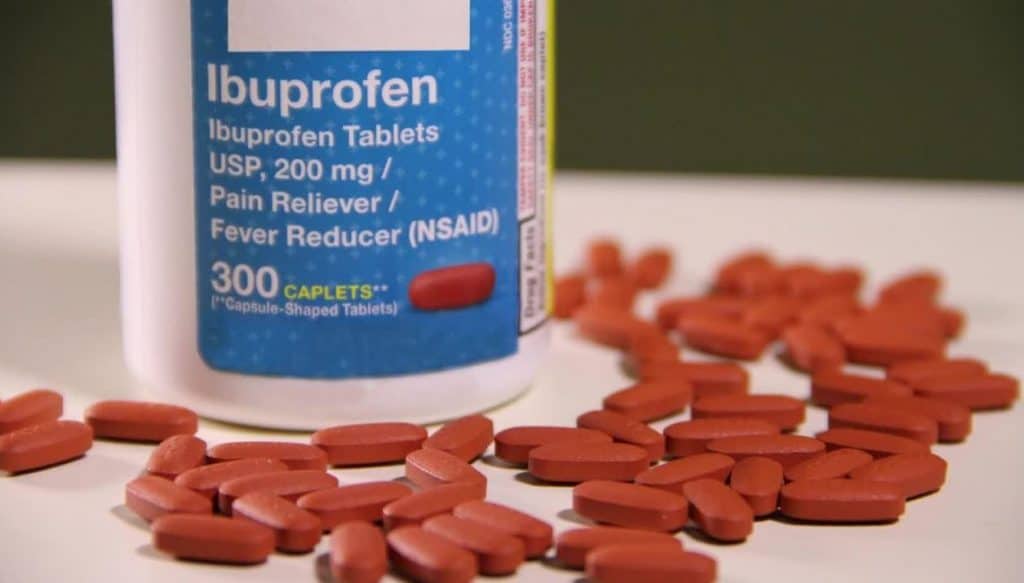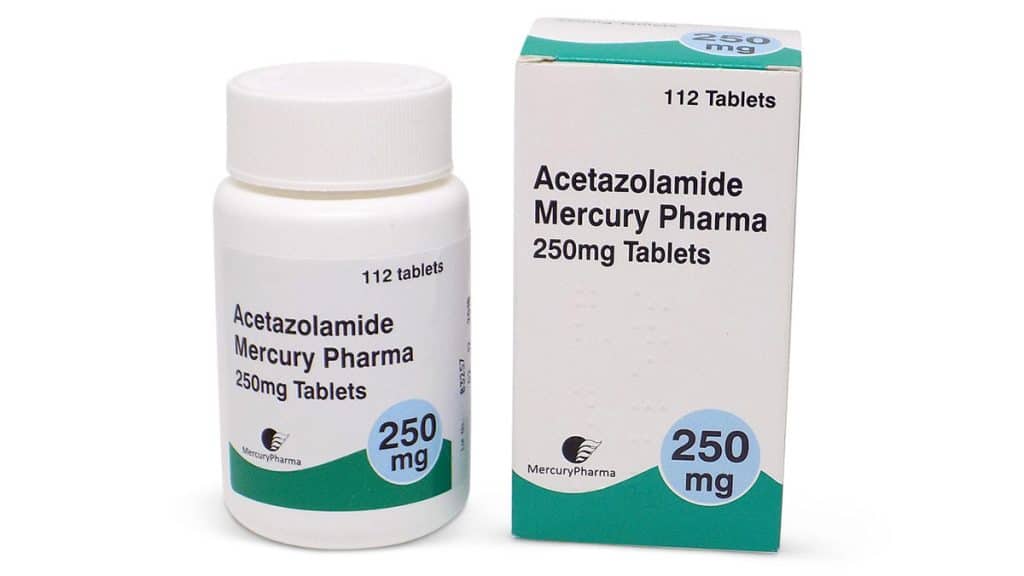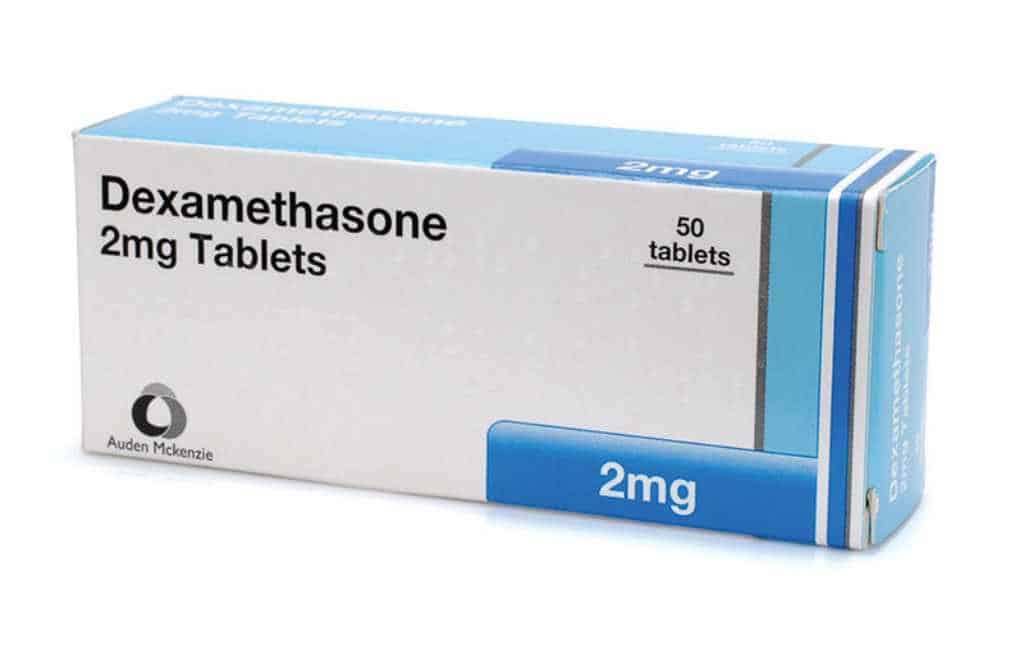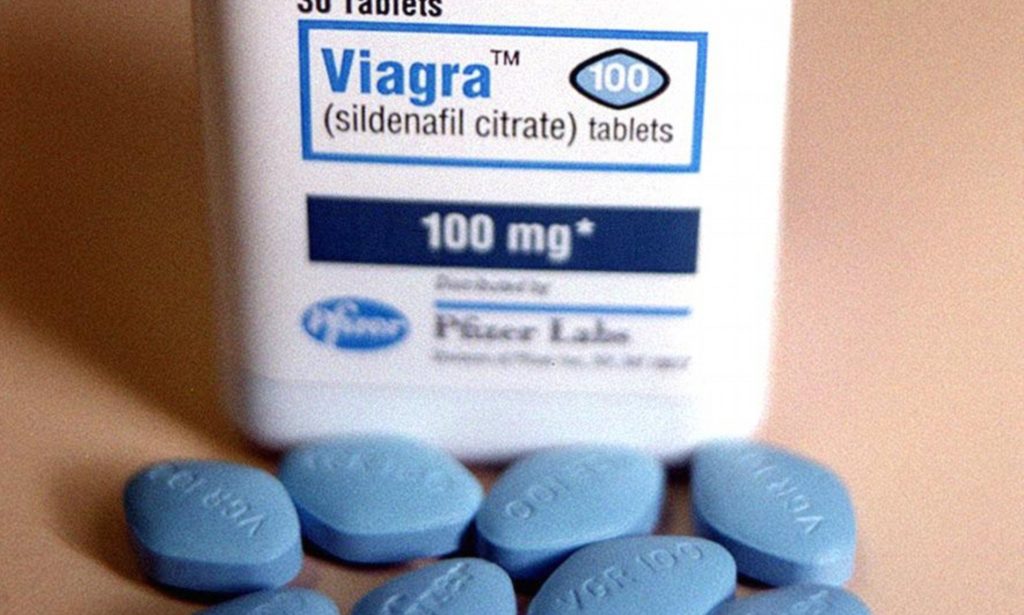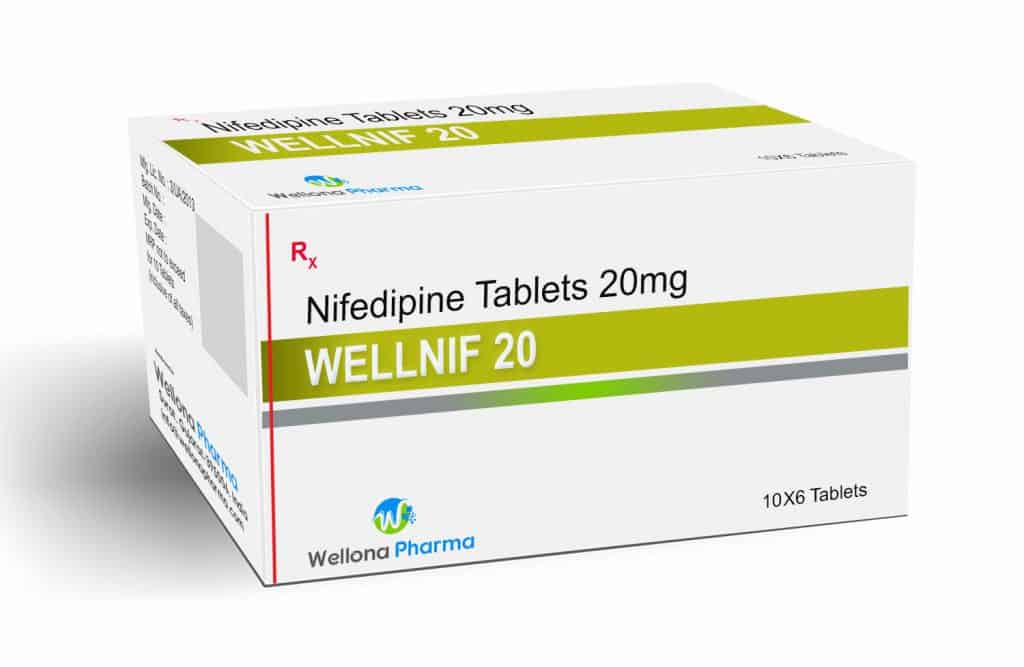5 Medications that Help Acclimatization & Combat Altitude Sickness
 If you’re planning to climb Kilimanjaro, then you are probably aware of the effects of altitude. Although it effects every person differently, chances are you will experience some symptoms of altitude sickness, which is also called acute mountain sickness (AMS). The main cause of altitude sickness is going too high too quickly (rate of ascent).
If you’re planning to climb Kilimanjaro, then you are probably aware of the effects of altitude. Although it effects every person differently, chances are you will experience some symptoms of altitude sickness, which is also called acute mountain sickness (AMS). The main cause of altitude sickness is going too high too quickly (rate of ascent).
It is said that 75% of people will have some form of mild AMS above 10,000 feet. It is hard, if not impossible, to predict who will get sick. Some people are just more susceptible than others due to their genetic makeup.
Can you treat altitude sickness using OTC or prescription medications?
Yes. There are several medicines that are known to help acclimatization and to treat AMS. Let’s take a look below.


